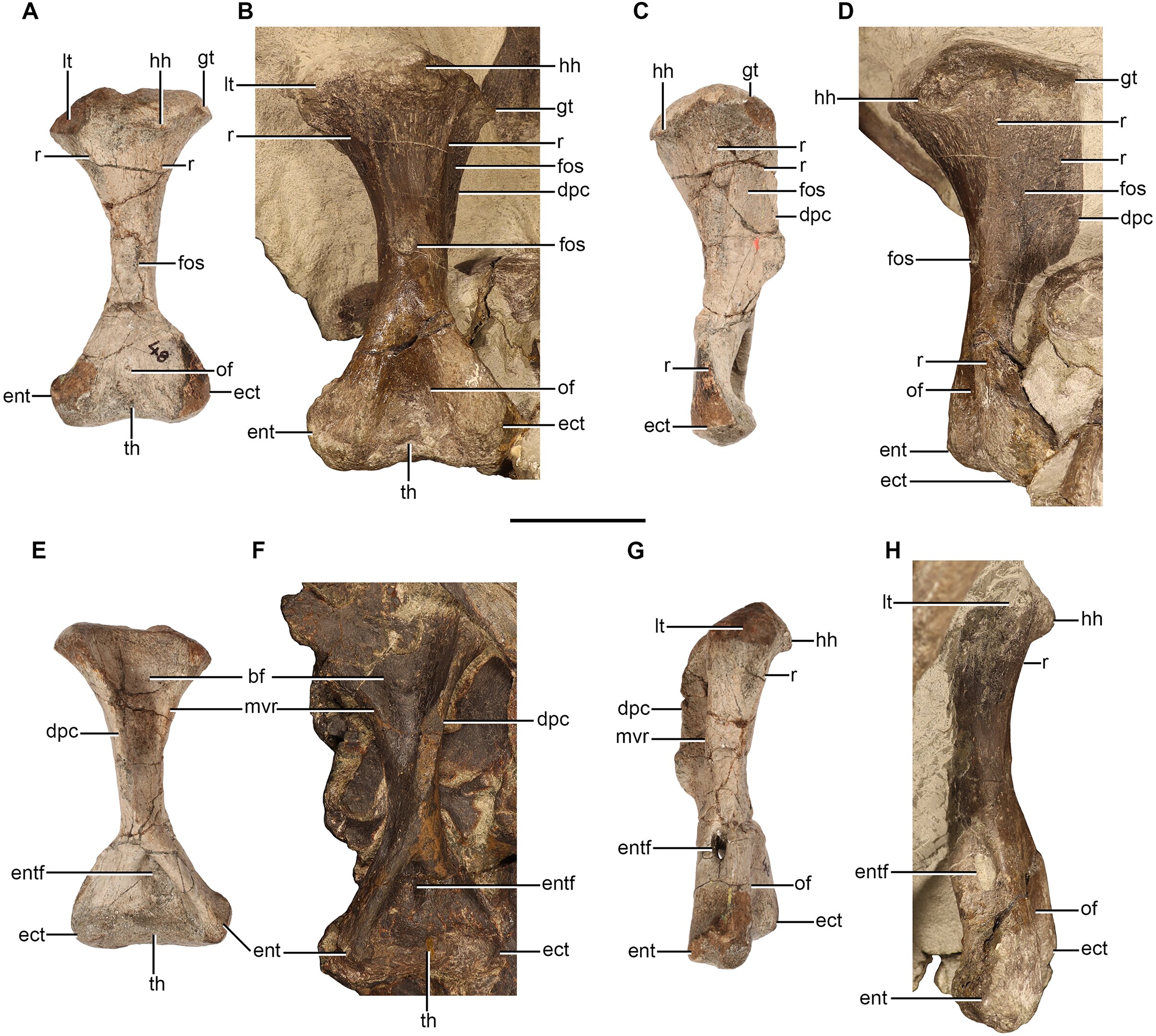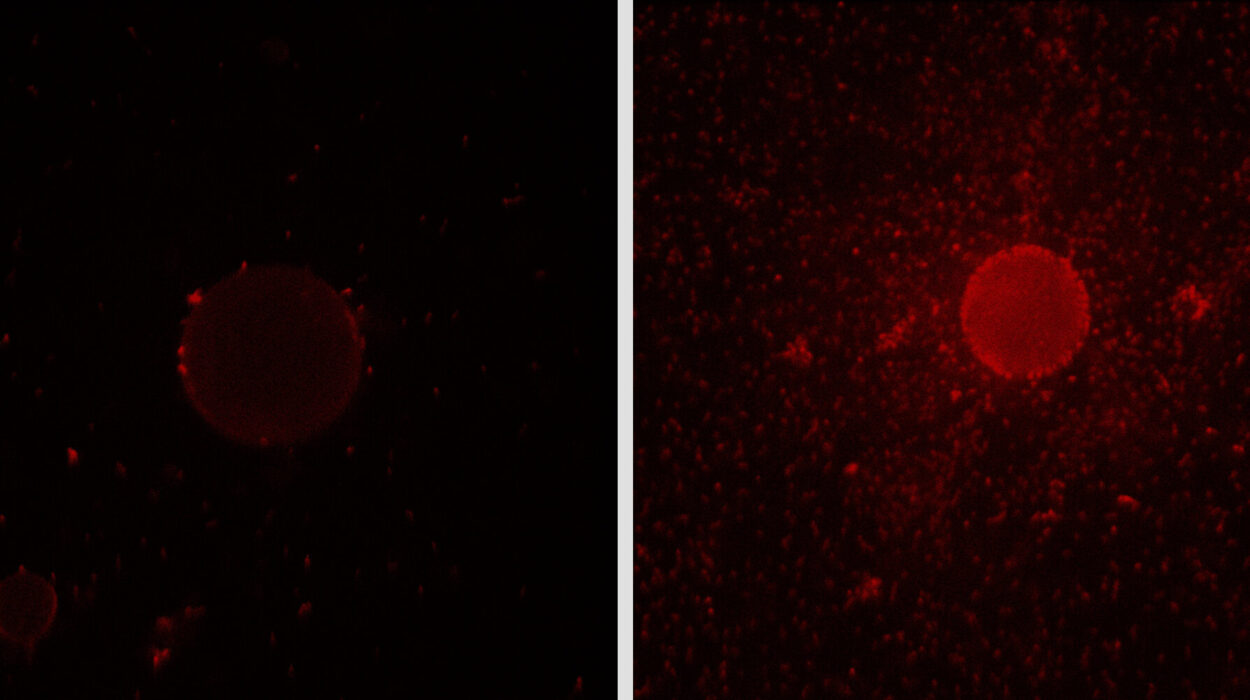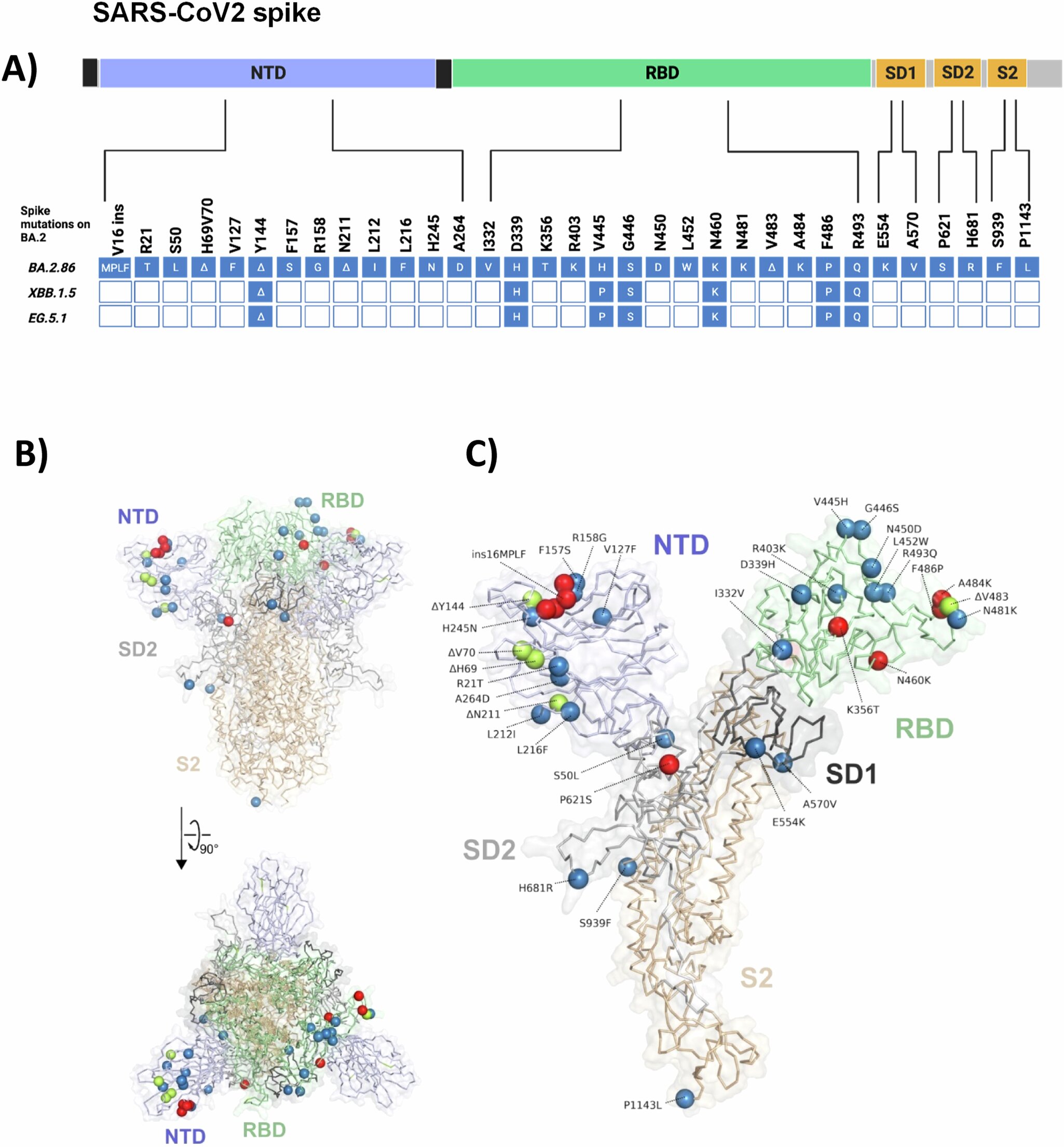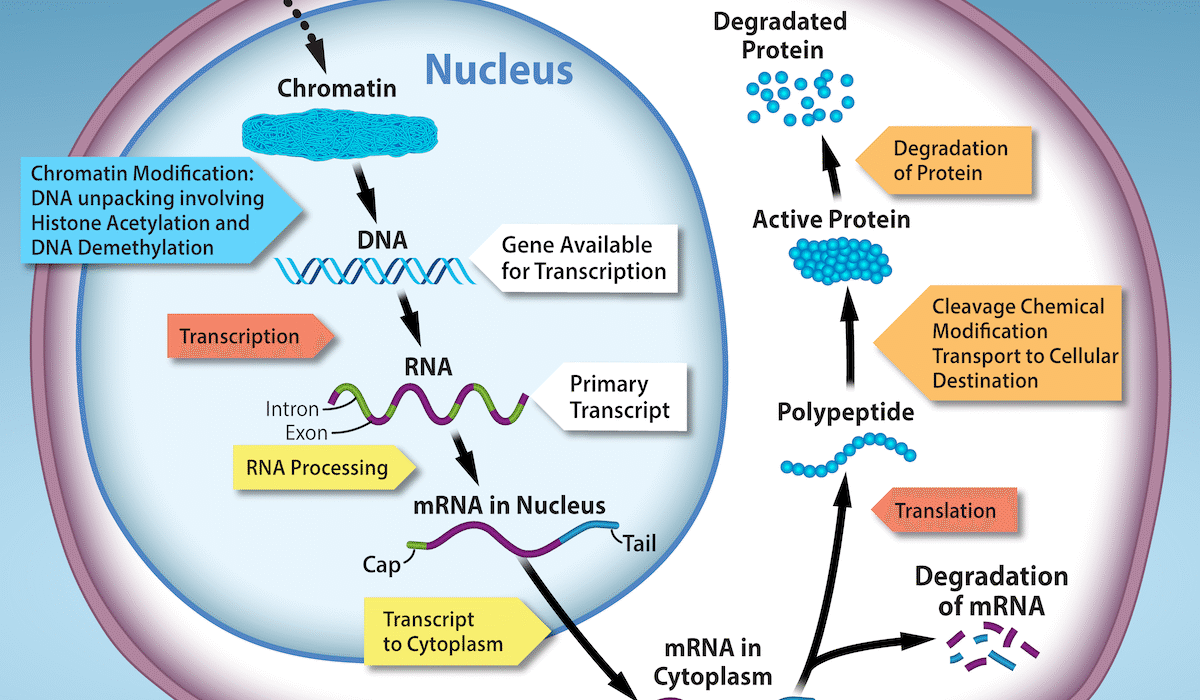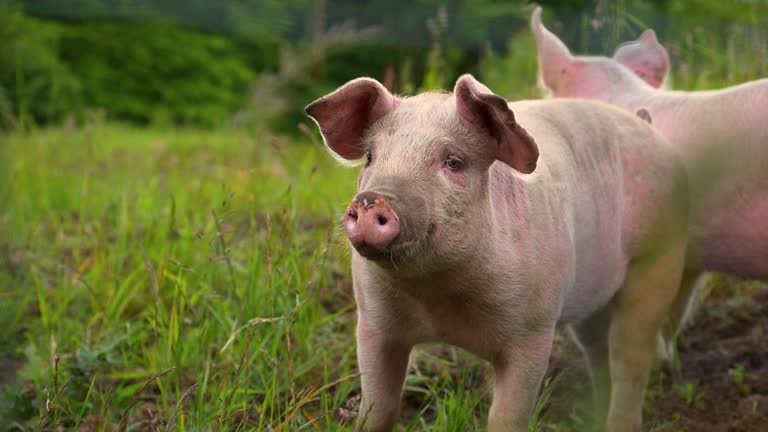Imagine a world teetering on the edge of devastation—volcanic eruptions belching toxic gases into the atmosphere, oceans turning acidic, and up to 90% of Earth’s species vanishing in a cataclysmic wave of extinction. This horrifying scene unfolded around 252 million years ago, marking the end of the Permian Period and the onset of Earth’s most catastrophic mass extinction event, known as the Permo-Triassic extinction. It was a period of dramatic environmental upheaval, which saw the planet undergo extreme changes, causing widespread destruction and the collapse of ecosystems.
However, in the midst of this global calamity, some species defied the odds and survived. One such survivor was Moschorhinus kitchingi, a stocky predator with a body length of just over a meter, which managed to thrive after the extinction event. For a long time, our understanding of Moschorhinus has been limited to its skull, but recent research led by scientists from the University of the Witwatersrand and the University of Southern California has revealed more about this extraordinary survivor. For the first time, a detailed analysis of the skeletal structure of Moschorhinus kitchingi—based on multiple fossil specimens discovered in South Africa—has allowed scientists to explore how this creature adapted to the harsh conditions that led to the extinction of many other species.
The research, published in the journal PeerJ, is spearheaded by Brandon Stuart, a Ph.D. student at Wits, with contributions from Adam Huttenlocker and Jennifer Botha. This comprehensive study delves into the body structure of Moschorhinus, offering new insights into how this creature evolved to survive during a time of extreme environmental stress. Unlike the more well-known dinosaurs, which would appear millions of years later, Moschorhinus was part of a group of prehistoric creatures called therocephalians, a lineage closely related to early mammals.

One of the key aspects of this research is its comparison of Moschorhinus to other apex predators of the time, such as the gorgonopsians, a group of predators known for their slender and agile bodies. Although both groups likely occupied similar ecological niches, the study suggests that Moschorhinus might have played a different role in the ecosystem, focusing on different prey or employing different hunting strategies. This distinction, referred to as niche partitioning, could have been a critical factor in its survival during the mass extinction event.
Therocephalians, including Moschorhinus, represent an intriguing group of ancient creatures that provide important insights into the evolution of early mammalian ancestors. Until now, most studies on therocephalians have concentrated on their skulls, leaving much to be discovered about their growth patterns, behavior, and overall biology. As Professor Jennifer Botha from the University of the Witwatersrand points out, “Now, we’re finally getting a clearer picture of what this remarkable survivor was like.” This study represents a significant leap forward in our understanding of the therocephalians, shedding light on the biology and ecological roles of these creatures that lived long before the rise of the dinosaurs.
The fossils of Moschorhinus were discovered in the Karoo Basin of South Africa, a rich fossil deposit known for its significance during the late Permian and early Triassic periods. The Karoo Basin has yielded an incredible variety of fossils, offering a window into the prehistoric world at a time when life on Earth was undergoing dramatic transformation. The detailed examination of the Moschorhinus skeletons found in this region reveals how this creature’s anatomy was specially adapted to survive in an environment that was rapidly changing due to volcanic activity, climate shifts, and other catastrophic events.
One of the standout features of Moschorhinus was its exceptionally stocky build, which set it apart from other predators of its time. Its skeleton was robust, with particularly strong and thick-set bones in key areas such as the scapula (shoulder blade), humerus (upper arm bone), and femur (thigh bone). This powerful build suggests that Moschorhinus was well-equipped to grapple with and overpower its prey. The strength of its body likely gave it a significant advantage in the late Permian, when competition for survival was fierce, and food sources were scarce.
The study also reveals that Moschorhinus had a short, muscular skull with enlarged canines, which further suggests that it was a formidable hunter, capable of bringing down sizable prey. Its hunting strategies, combined with its strong build, made it one of the top predators of its ecosystem, even as other species succumbed to the harsh conditions. According to co-author Adam Huttenlocker, “This physical strength likely gave it a significant advantage in the late Permian, where competition for survival was fierce.”
However, studying the skeleton of Moschorhinus presented significant challenges for the research team. As Brandon Stuart explains, “This research was challenging because so little work has been done on the bones beyond the skull for therocephalians. It made it difficult to compare certain features of these bones to those of closely related species and other similar groups.” Despite these obstacles, the team’s groundbreaking work has helped lay the foundation for future studies on the skeletal structure of early mammalian ancestors, providing a more comprehensive understanding of their biology and behavior.
By examining the bones beyond the skull, scientists have been able to uncover the true size and appearance of Moschorhinus, revealing new details that paint a fuller picture of this ancient predator. The study’s authors hope that their work will inspire further research into the bones of non-mammalian therapsids, such as therocephalians, which have often been overshadowed by the more famous dinosaurs and early mammals.
The research also underscores the evolutionary resilience of the therocephalians. Despite the mass extinction event that wiped out so many species, these creatures managed to endure, and their unique traits may have contributed to their survival. Understanding the factors that allowed Moschorhinus and its relatives to persist during such a tumultuous time can provide valuable insights into how species adapt to extreme environmental changes—a question that remains highly relevant in the context of contemporary climate change.
As the Earth faces rapidly shifting environmental conditions due to human activity, studying species that survived past extinction events can offer clues to how modern organisms might respond—or fail to respond—to similar pressures. By examining the traits and behaviors of survivors like Moschorhinus, scientists can gain a better understanding of how certain species are more likely to endure in the face of environmental stress, while others may not.
Reference: Brandon P. Stuart et al, The postcranial anatomy of Moschorhinus kitchingi (Therapsida: Therocephalia) from the Karoo Basin of South Africa, PeerJ (2024). DOI: 10.7717/peerj.17765
